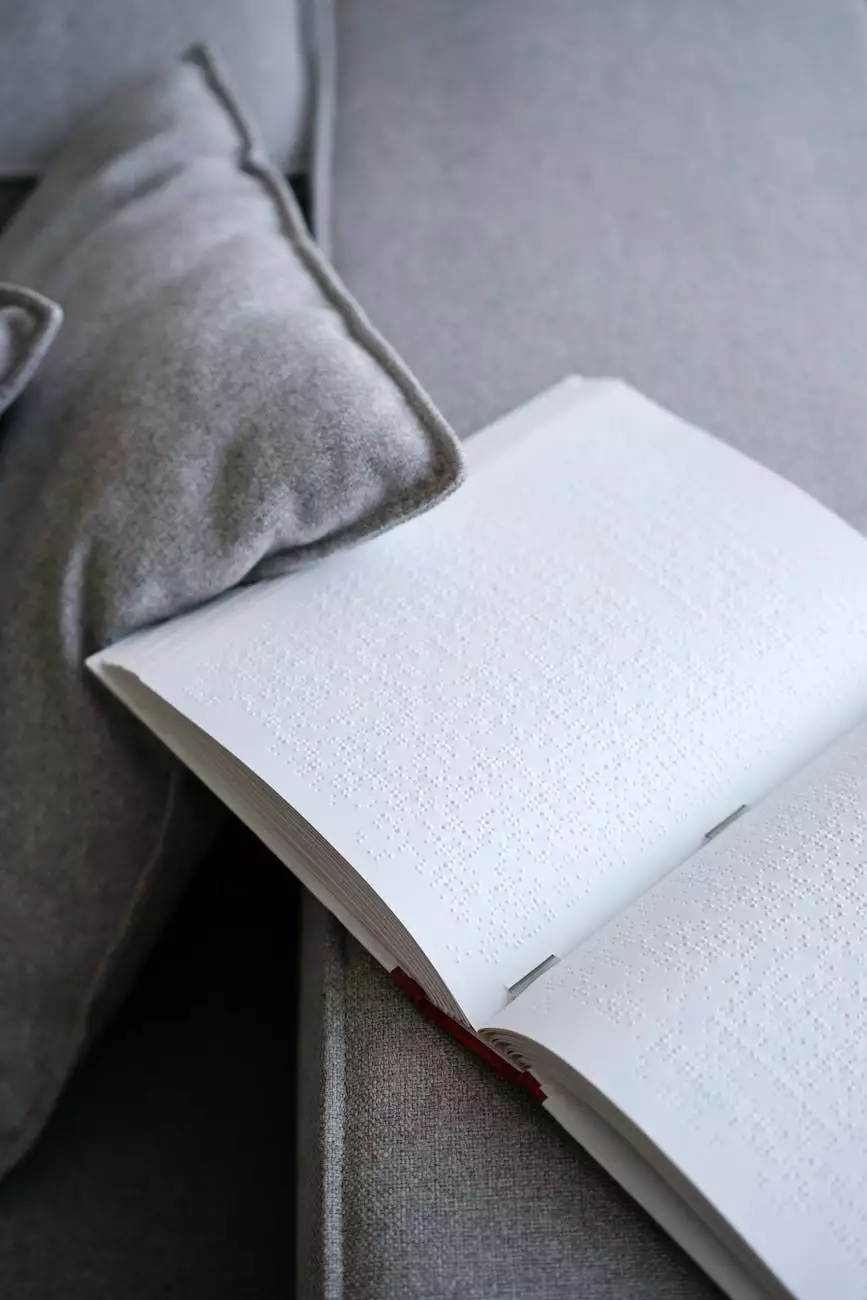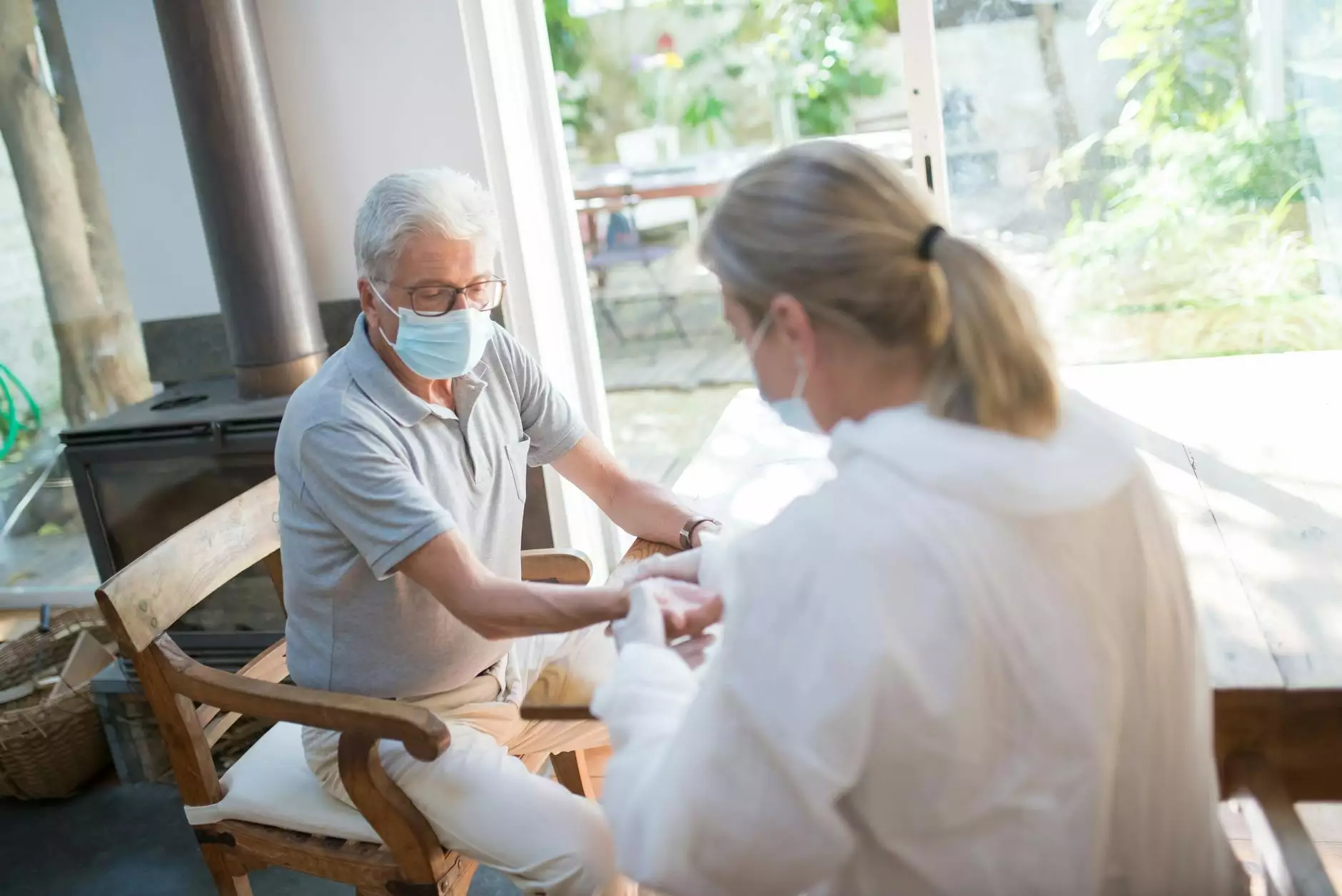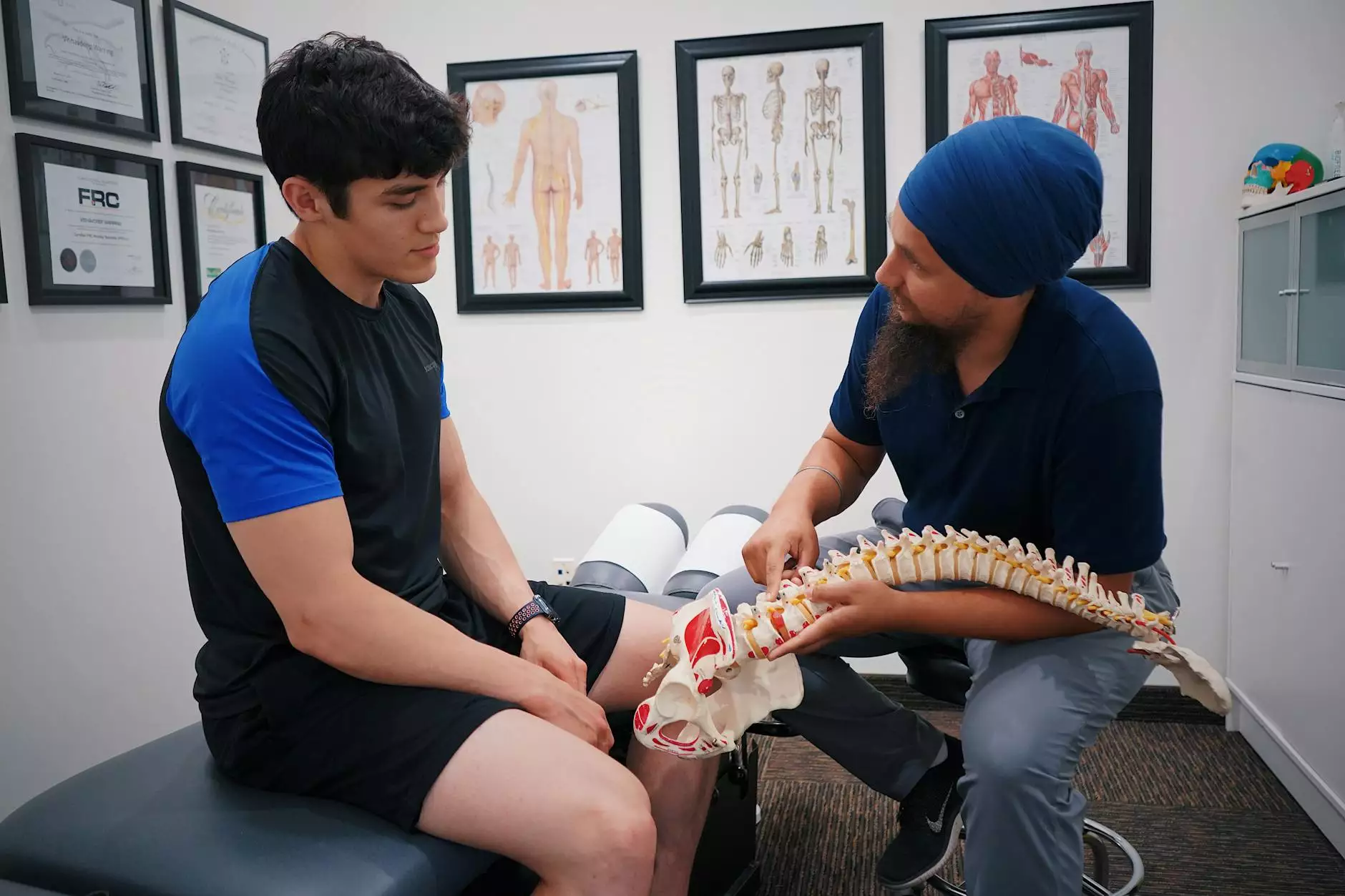Casting and Bracing to Treat Scoliosis

Understanding Scoliosis
Scoliosis is a condition characterized by an abnormal sideways curvature of the spine. It often develops during adolescence but can also occur in adults. Scoliosis can cause significant discomfort, reduce mobility, and impact overall quality of life.
How Casting and Bracing Can Help
Casting and bracing are non-invasive treatment options that can effectively manage scoliosis, especially in its early stages. These techniques can slow down or stop the progression of the spinal curve, preventing further complications.
Casting
Casting involves applying a plaster or fiberglass cast directly to the patient's body to provide support and correct spinal alignment. The cast is custom-made to fit the individual's body shape and adapts specifically to their scoliotic curve. By gently guiding the spine towards a more natural position, casting helps to prevent the curve from worsening.
Bracing
Bracing is another non-surgical option for treating scoliosis. It involves wearing a specially designed brace that applies external pressure to the spine, helping to straighten the curve over time. Bracing is often recommended for individuals with moderate scoliosis or for those still experiencing skeletal growth.
Benefits of Casting and Bracing
Choosing casting or bracing as part of scoliosis treatment offers numerous benefits:
- Pain Relief: Casting and bracing can help relieve pain associated with scoliosis by reducing pressure on the affected areas and promoting better spinal alignment.
- Prevent Progression: These techniques can halt the progression or slow down the worsening of the spinal curvature, preventing the need for more invasive treatments in the future.
- Improved Mobility: By correcting spinal alignment, casting and bracing can improve mobility and overall function, allowing individuals with scoliosis to lead more active lives.
- Reduced Psychological Impact: Scoliosis can affect a person's self-esteem and body image. Casting and bracing can help minimize the psychological impact associated with the condition by promoting better posture and alignment.
The Treatment Process
Treatment with casting or bracing typically involves the following steps:
- Evaluation: A thorough evaluation of the patient's spinal curvature and overall health is conducted to determine the most appropriate treatment plan.
- Casting/Brace Fitting: If casting is recommended, a custom-made cast is created to fit the patient's body shape. For bracing, an orthotist will design a brace that provides optimal spinal support.
- Continuous Monitoring: Regular check-ups and adjustments are necessary to ensure the cast or brace is working effectively and providing the desired results.
- Orthotic Maintenance: Proper care and maintenance of the cast or brace are crucial for achieving successful outcomes. Compliance with wear time recommendations is essential to maximize the benefits.
- Periodic Assessments: The patient's progress is periodically assessed through imaging and physical examinations to determine the need for any adjustments or modifications to the treatment plan.
Conclusion
If you or a loved one are dealing with scoliosis, exploring non-invasive treatment options like casting and bracing can make a significant difference. Foley James D MD specializes in providing effective scoliosis treatment through these techniques, helping patients regain proper spinal alignment and improve their overall quality of life. Take the first step towards managing scoliosis today by contacting us for a consultation.










